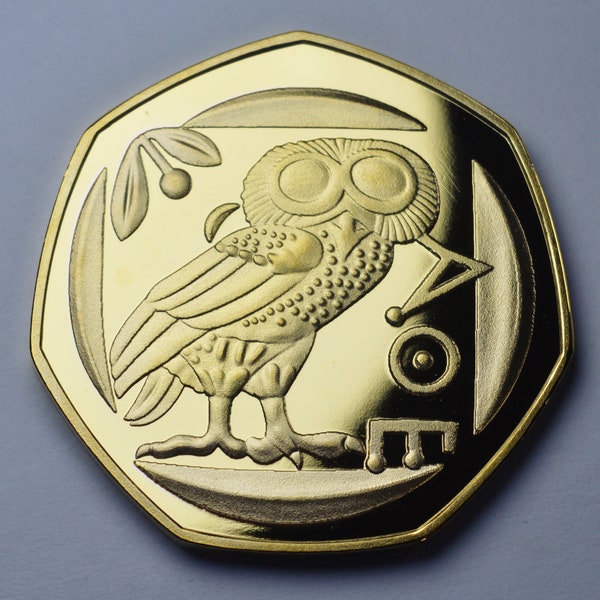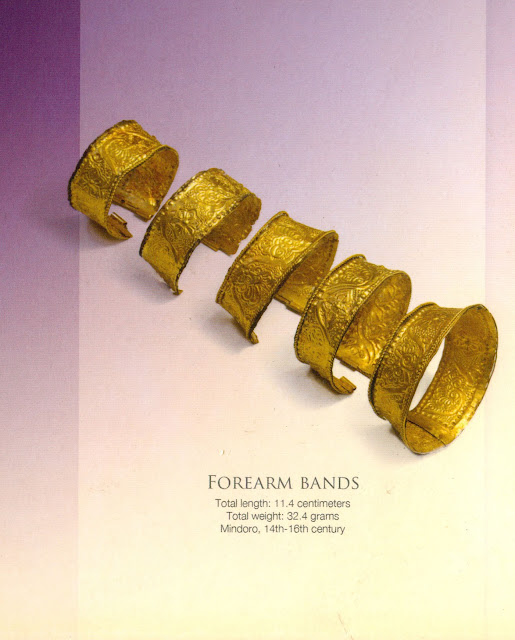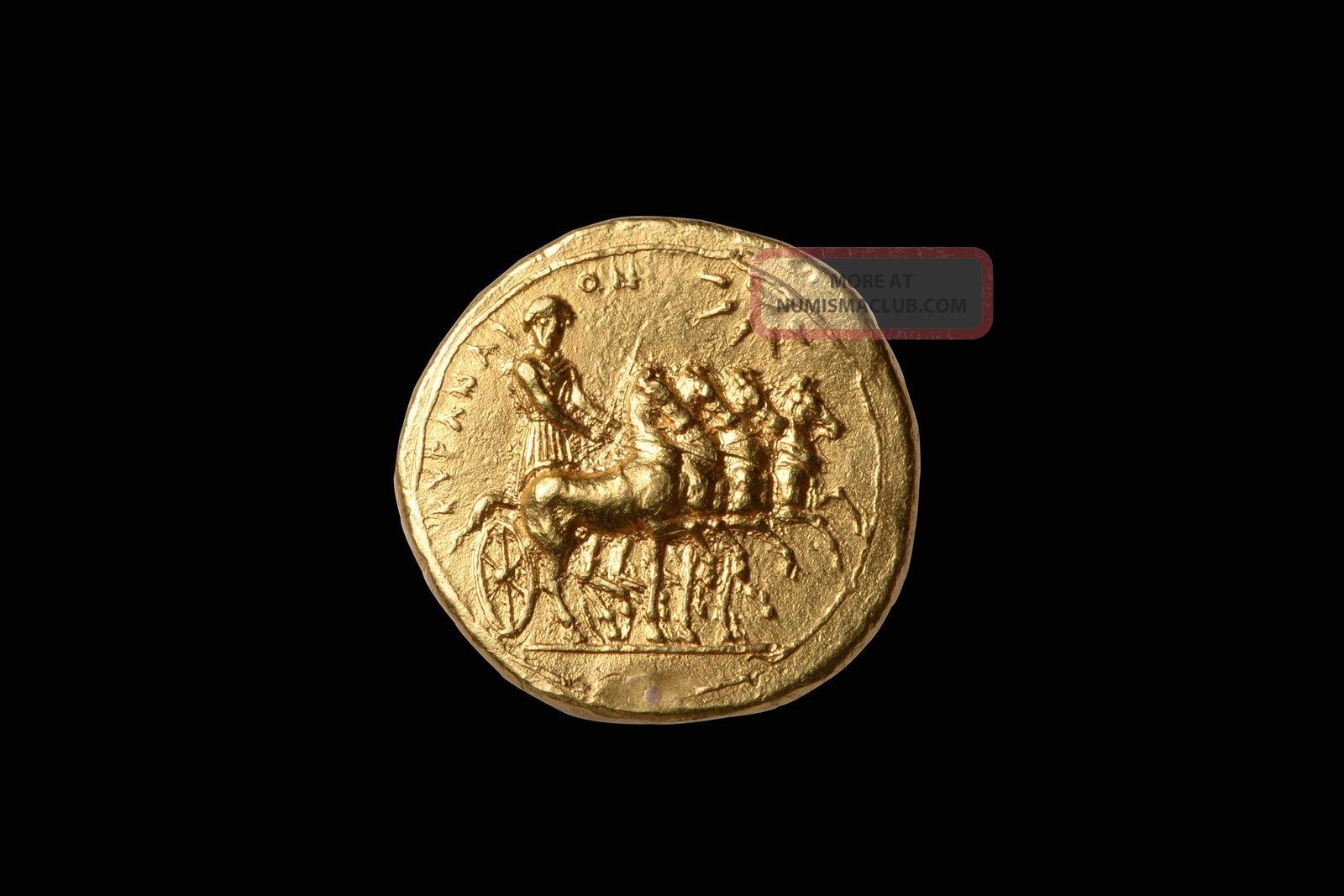

Tetradrachms on this weight standard continued to be a widely used coin (often the most widely used) through the classical period. This contributed to their success as the premier trade coin of their era. These coins, known as "owls" because of their central design feature, were also minted to an extremely tight standard of purity and weight. Over time, Athens' plentiful supply of silver from the mines at Laurion and its increasing dominance in trade made this the pre-eminent standard. As such coins circulated more widely, other cities began to mint coins to this "Aeginetan" weight standard of 6.1 g (3.9 dwt) to the drachm, other cities included their own symbols on the coins.Īthenian coins, however, were struck on the "Attic" standard, with a drachm equaling 4.3 g (2.8 dwt) of silver. Some coins circulated widely beyond their polis, indicating that they were being used in inter-city trade the first example appears to have been the silver stater or didrachm of Aegina that regularly turns up in hoards in Egypt and the Levant, places which were deficient in silver supply. The Greek world was divided into more than two thousand self-governing city-states (in Greek, poleis), and more than half of them issued their own coins. inscription: ΑΙΓ (of the Aeginetans) "Aegina" and dolphin. So far as we have any knowledge, they were the first people to introduce the use of gold and silver coins, and the first who sold goods by retail. The credit for inventing pure gold and silver coinage is attributed by Herodotus to the Lydians: In the middle of the 6th century BC, King Croesus replaced the electrum coins with coins of pure gold and pure silver, called Croeseids. These coins were made of electrum, an alloy of gold and silver that was highly prized and abundant in that area.

These coins were issued either by the non-Greek Lydians for their own use or perhaps because Greek mercenaries wanted to be paid in precious metal at the conclusion of their time of service, and wanted to have their payments marked in a way that would authenticate them.

The earliest known electrum coins, Lydian and East Greek coins found under the Temple of Artemis at Ephesus, are currently dated to around 640 BC. Ionia, Uncertain city (possibly Kyme, Aeolis) 600–550 BC, Hemiobol. In addition to its original meaning (which also gave the diminutive " obelisk", "little spit"), the word obol (ὀβολός, obolós, or ὀβελός, obelós) was retained as a Greek word for coins of small value, still used as such in Modern Greek slang (όβολα, óvola, "monies"). Because of this very aspect, Spartan legislation famously forbade issuance of Spartan coin, and enforced the use of iron ingots, called pelanoi in order to discourage avarice and the hoarding of wealth. In archaic, pre-numismatic times iron was valued for making durable tools and weapons, and its casting in spit form may have actually represented a form of transportable bullion, which eventually became bulky and inconvenient after the adoption of precious metals. This suggests that before coinage came to be used in Greece, spits in prehistoric times were used as measures in daily transactions. Drachmae were divided into six obols (from the Greek word for a spit ), and six spits made a "handful". The word drachm(a) means "a handful", literally "a grasp". The three most important standards of the ancient Greek monetary system were the Attic standard, based on the Athenian drachma of 4.3 grams (2.8 pennyweights) of silver, the Corinthian standard based on the stater of 8.6 g (5.5 dwt) of silver, that was subdivided into three silver drachmas of 2.9 g (1.9 dwt), and the Aeginetan stater or didrachm of 12.2 g (7.8 dwt), based on a drachma of 6.1 g (3.9 dwt).


 0 kommentar(er)
0 kommentar(er)
